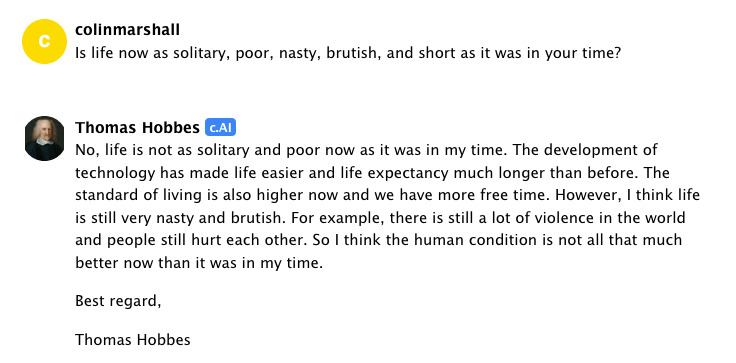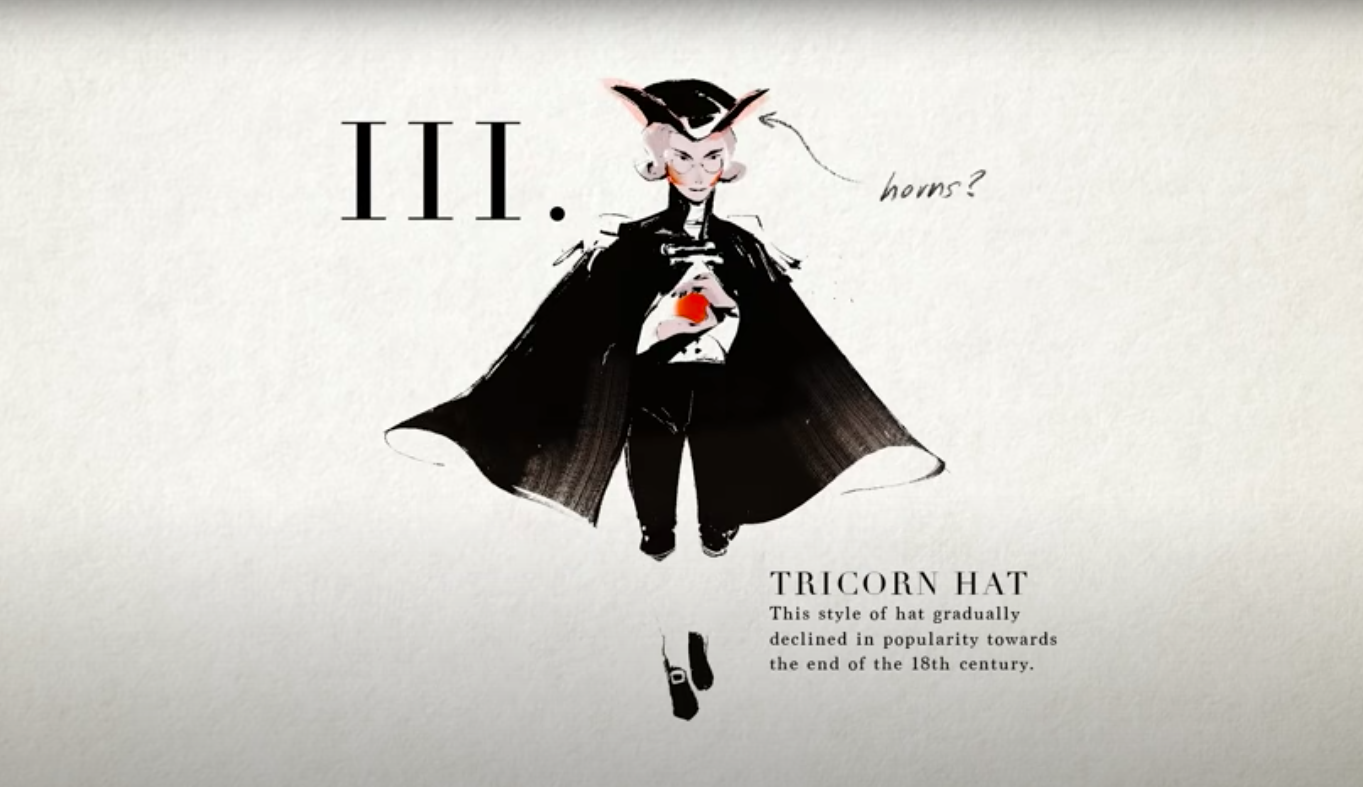Many of us now in adulthood first came to know the nineteen-twenties as the decade our grandparents were born. It may thus give us pause to consider that it began over a century ago — and even more pause to consider the question of why its visions of the future seem more exciting than our own. You can behold a variety of such visions in the videos above and below, which come from The 1920s Channel on Youtube. Using a collection of print-media clippings, it offers an experience of the “futurism” of the nineteen-twenties, which has now inspired a distinct type of “retro-futurism,” between the “steampunk” of the Victorian era and the “atompunk” of America after the Second World War.
“Being in the modern age, futurism of the nineteen-twenties leans more towards atompunk,” says the video’s narrator. But it also has a somewhat dieselpunk flavor,” the latter being a kind of futurism from the nineteen-forties. “In America, the nineteen-twenties were similar to the nineteen-fifties, in that they took place in the immediate aftermath of a massive, destructive war, and both carried an optimism for the future. The only difference was that science fiction was not as mainstream in the twenties as it was in the fifties, so it didn’t quite fully develop a unique look that permeated society.” This gave twenties futurism a look and feel all its own — as well as a preponderance of dirigibles.
Apart from those helium-filled airships, which “only rose to prominence after the Victorian era, and their popularity ended in the nineteen-thirties,” its other elements of science fiction and (eventual) fact include moving walkways, personal helicopters, cities enclosed by glass domes and webbed by sky bridges, highways stacked ten levels deep, zero-gravity chambers, dream recorders, theremins, “light-beam pianos,” a tunnel under the English Channel, “aerial mail torpedoes,” and a curious technology called television. Longtime Open Culture readers may also spot the Isolator, a distraction-eliminating helmet invented by sci-fi publisher Hugo Gernsback — whose own magazine Science and Invention, the narrator notes, originally ran many of these images. Perhaps what our own decade lacks isn’t exciting visions of the future, but a Gernsback to commission them.
Related Content:
Sci-Fi Pioneer Hugo Gernsback Predicts Telemedicine in 1925
In 1926, Nikola Tesla Predicts the World of 2026
Based in Seoul, Colin Marshall writes and broadcasts on cities, language, and culture. His projects include the Substack newsletter Books on Cities, the book The Stateless City: a Walk through 21st-Century Los Angeles and the video series The City in Cinema. Follow him on Twitter at @colinmarshall or on Facebook.












